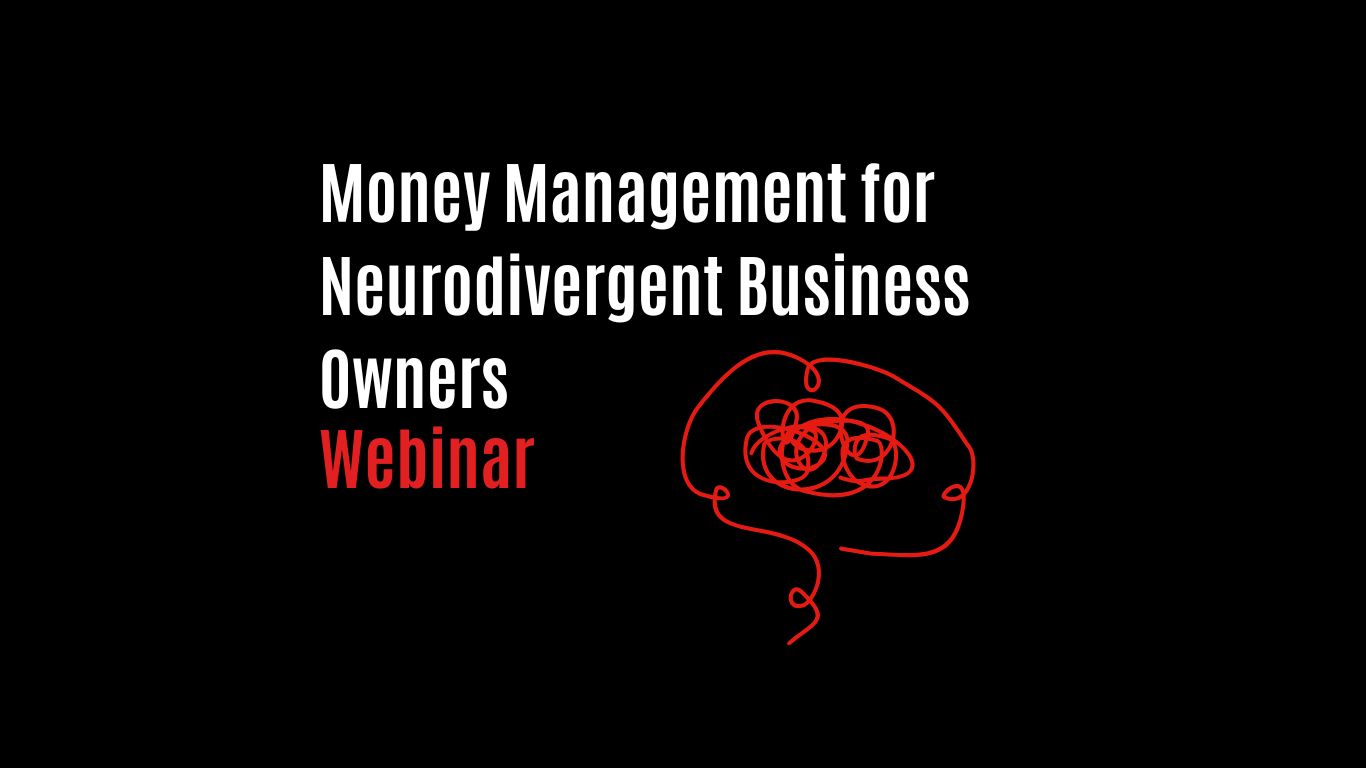It’s time for final instalment of our seven-part Business Success Series, our comprehensive guide that is designed specifically for small and medium-sized enterprise (SME) owners who are committed to achieving their business goals and overcoming challenges. So far, I’ve discussed the importance of having the right mindset, why it’s critical for businesses to have Purpose, Values and Goals, key elements of securing Profitability and Cashflow, why Sales and Marketing are central elements to successful businesses alongside the importance of the right Team and Culture, and the role that having Systems and Processes for businesses. Now it’s time to dive into why Data and Reporting is so important for your business.
Do you struggle to make decisions in your business or perhaps you worry you rely a bit too much on gut feel? Well, the chances are that learning to use your data and reporting functions more effectively will help!
Data and Reporting: what gets, measured gets done!
Having data is one thing for your business, but whilst it’s simple nowadays to collect lots of data, data itself is meaningless unless you’re able to turn it into information. It’s as easy as ever to collate data these days, so making sure that you’re able to do this properly is such an important step for business owners.
When I discuss data with business owners that I work with I often get them to pretend they’re on a desert island away from work for six months. During this time no one is allowed to communicate in any way, and all you can have is a piece of paper with a handful of numbers which MUST allow you to have a clear overview of your business performance. I’d personally recommend that this list should be able to have about 10 numbers on, as there can definitely be such a thing as too much information.
Ideally, these Key Performance Indicators (KPIs) should help you not only analyse your businesses current and past performance, but also help you predict future performance, including wins and challenges.
It can be quite tricky to just pick 10, but generally they should cover the 3 major functions in any business:
- Sales and Marketing – generating business
- Operations – providing the product or service and taking care of the customer
- Finance and Administration – manage the money and information structure
Using data to choose KPIs for your business:
These should preferably be activity-based numbers rather than high-level P&L. For example, if you only look at something like new revenue, you’re potentially looking too late in the process and need to find the drivers. For this you need to scale it back to the first step and look at things like leads generated / contacts / appointments scheduled / proposals sent.
Similarly, another one to think about is client satisfaction: if you just track complaints/lost clients it’s too late. Instead, you should rewind to the first stage of the process and find out what drivers drive happy and unhappy clients such as net promoter score/feedback rating, and collect this data as a business.
Why everyone in your business should have a number:
Yes everyone, even your receptionist should have a number, e.g. 2 (for 3 rings bad, 2 rings good) that can be used as a target for performance.
The benefits of everyone having a number to aim for:
- Numbers cut through subjective communication
- Numbers create accountability
- Accountable people appreciate numbers, wrong people in the wrong seats resist Measurable’s
- Numbers create clarity and commitment
- Numbers create competition
- Numbers produce results
- Numbers create teamwork
- You solve problems faster (you can attack activity-based numbers before they become critical rather than trailing indicators where it is often too late to do anything)
If you are struggling for numbers, take a look at your organisations accountability chart and the responsibilities for that role each of them should be able to be measured by a number.
Once you’ve sourced your KPIs you then need to make sure that people in your leadership team are accountable for sourcing the numbers for the business and then reporting on them on a regular basis.
In terms of financial reporting (something that is our bread and butter here at Nordens), as an absolute minimum all business owners should be reviewing their quarterly management accounts and comparing them to your financial forecasts for the same period.
Too often we see businesses reporting things like turnover and costs on one line, and then struggling to understand what is causing their business issues.
The more you can drill down and understand the separate segments of data the more you will understand your business. It’s essential in these moving times- one market or product that was previously very profitable could end up deteriorating rapidly over the years as costs have been creeping up gradually and you haven’t realised how much by until it is starting having a big effect on your overall profitability. On the flip side, areas that were once loss leaders could have become profitable in their own right due to the advances in technology.
Breaking it down to the necessary level of data will give you much more clarity, expose issues and problems and highlight areas to scale that will be able to transform your business.
How we can help your business with data and reporting:
If you need help with anything from the general accounting services to more specialist, Tax, VAT or Audit services, we’re always here to help- just get in touch!
If you have the financial side on track and you would like to start looking at your sales and marketing and operational KPIs in a bit more detail then please get in touch and pre-register for our data and reporting workshop that we will be running as part of our advisory programme.
“In a world of more data, the companies with more data-literate people are the ones that are going to win.” — Miro Kazakoff, Senior Lecturer, MIT Sloan School of Management































































































































































































































































































































































































































































































